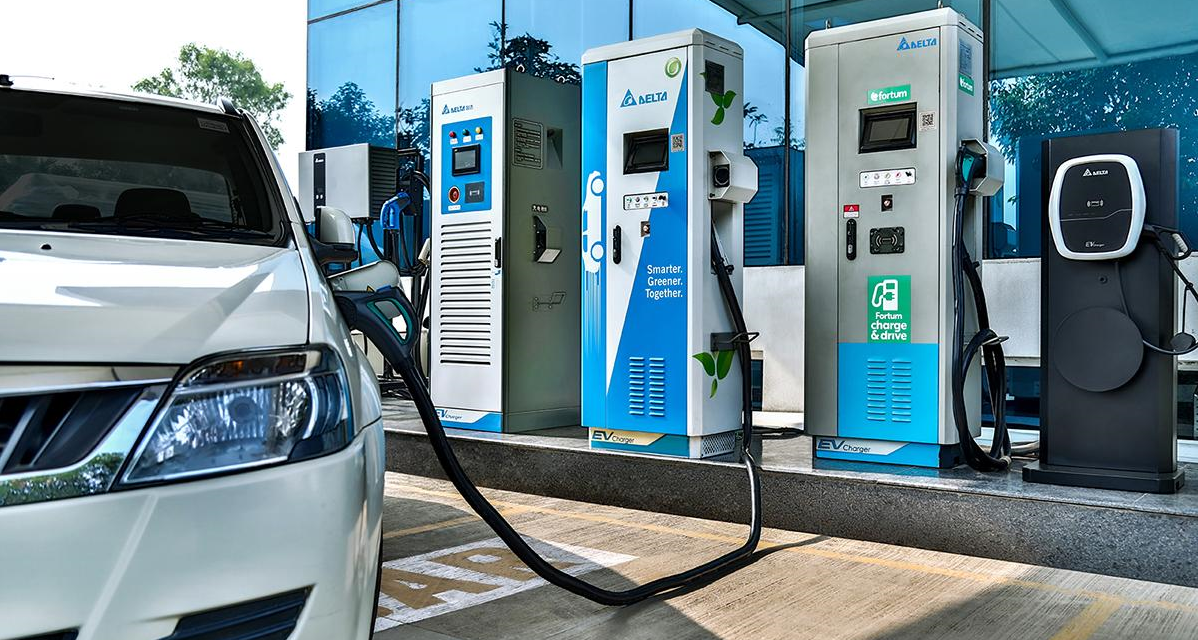India has been witnessing an increasing number of e-vehicles in recent times. It is due to the efforts of the government and awareness among the public to support and promote green technology. Hence, the need to install charging stations is increasing in the country to meet the growing demand for e-vehicles. For many, these charging stations are a new experience.
Is there a need for public charging stations?
E-vehicles, whether a scooter or a four-wheeler, are provided with a dedicated charger to charge them at home. So many wonder why public charging stations are required. Home-based chargers are slow and take a long time. Usually, users have to leave their vehicle on charge overnight. Public charging stations are convenient and offer fast charging services.
Finding a reliable charging station
Use your car’s built-in navigation system to find a reliable charging station. Advanced infotainment systems are smart. Besides providing the distance to the nearest charging station point, they also estimate the vehicle’s remaining charge on reaching the station. If your car lacks an in-built navigation system, check Google Maps to derive directions. These days, established operators offer dedicated mobile apps.
Unmanned DC or AC charging stations
The station’s design is to promote unmanned operation. It encourages self-service. You may use the provider’s dedicated app to complete the charging procedure and to make payments. These stations offer quick and high-speed charging. They support DC fast charging of 50+kW. Few premium EVs with high-charging capacity find DC fast chargers useful. AC fast chargers of 25-40kWh capacity can charge affordable EVs.
Essential points to consider
Even if you possess an EV with a max charging capacity of 7.2kW, you may charge the vehicle with a 22kW, high-capacity charger. The reason is that the vehicle’s hardware is pre-programmed to accept the amount of power to charge. You don’t have to worry about placing the vehicle’s adapter into a higher output charger.
Charger Capacity and Pin
Your EV charger’s compatibility is the first thing to consider before recharging your vehicle at a charging station. In India, passenger vehicles have AC Type-2 charging plugs. On the other hand, DC vehicles with DC charging support possess sophisticated Type-2 CCS charging plugs. Learn about the vehicle’s capacity and charger port type. Check charging station compatibility to protect your asset.
Charging station Capacity and location
Currently, fast EV charging stations are new in the country. Most are at corporate parks, mall parking, conventional fuel pumps, or hotel premises. Some roadside charging stations operate. However, they are few. EV charging station capacity as a whole includes:
- Few stations might divide charging capacity. It depends on available charging ports. They might advertise having a 120kW charging capacity. However, it could be limited to 60kW.
- It might have multiple or single points with differing charging capacities in a single premises.
Waiting time
India experiences fewer charging stations and an increasing number of vehicles on the roads. Hence, arriving at the station, you may have to wait for your turn. Few dedicated charging apps might provide charger-occupied notifications. It allows you to plan your schedule accordingly. Few owners might leave their vehicle plugged in at the charging point at the charging station even after the car is fully charged.
Power cuts
Although the country is progressing fast, power cuts are still common. Electricity might take some time to return. Power cuts might occur while your vehicle is plugged in. It disrupts charging. Besides this, charging doesn’t restart automatically after power returns. You may have to restart the procedure manually. It could involve some hassles, especially if you are away from the vehicle. However, you should monitor the charging app to check the charging status.
Payment mode
You may use digital wallets to make payments using the charging point. Each charging station has launched an app for its customers and might use different digital wallets. You may have to download their app onto your mobile phone and add sufficient balance to your wallet to resume charging. Besides this, charging capacity and rates might differ with different providers. It depends on factors like AD/DC chargers, kWh consumed, time, etc.
Amenities offered
You might want to hang around the station to shop or perform errands. The public charging point should offer basic amenities nearby. It should include washrooms, eateries, or recreational activities to pass your time. You can spend your time while your EV charges.





Comments